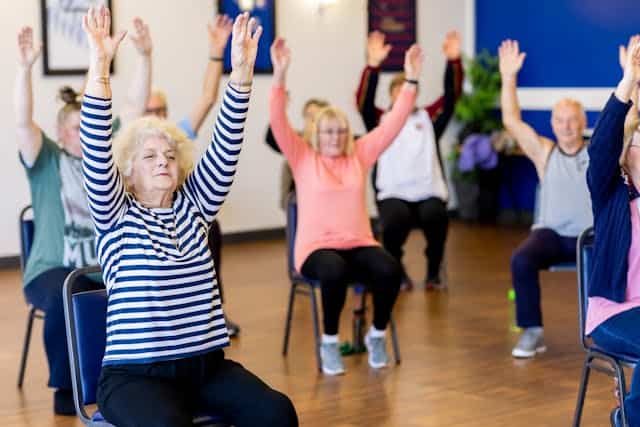
Getting Less Screen Time and Enough Sleep Associated with Reduced Impulsivity in Children
December 19, 2019
Psychosocial Stress, Sedentary Behavior, and Physical Activity during Pregnancy among Canadian Women: Relationships in a Diverse Cohort and a Nationwide Sample
January 8, 2020A paper titled “Adults’ Preferences for Behavior Change Techniques and Engagement Features in a Mobile App to Promote 24-Hour Movement Behaviors: Cross-Sectional Survey Study“ was originally published in the JMIR mHealth and uHealth on 20.12.19; the full-text article is available here.
Study Summary
Background: There is a limited understanding of components that should be included in digital interventions for 24-hour movement behaviors (physical activity [PA], sleep, and sedentary behavior [SB]). For intervention effectiveness, user engagement is important. This can be enhanced by a user-centered design to, for example, explore and integrate user preferences for intervention techniques and features.
Objective: This study aimed to examine adult users’ preferences for techniques and features in mobile apps for 24-hour movement behaviors.
Methods: A total of 86 participants (mean age 37.4 years [SD 9.2]; 49/86, 57% female) completed a Web-based survey. Behavior change techniques (BCTs) were based on a validated taxonomy v2 by Abraham and Michie, and engagement features were based on a list extracted from the literature. Behavioral data were collected using Fitbit trackers. Correlations, (repeated measures) analysis of variance, and independent sample t tests were used to examine associations and differences between and within users by the type of health domain and users’ behavioral intention and adoption.
Results: Preferences were generally the highest for information on the health consequences of movement behavior self-monitoring, behavioral feedback, insight into healthy lifestyles, and tips and instructions. Although the same ranking was found for techniques across behaviors, preferences were stronger for all but one BCT for PA in comparison to the other two health behaviors. Although techniques fit user preferences for addressing PA well, supplemental techniques may be able to address preferences for sleep and SB in a better manner. In addition to what is commonly included in apps, sleep apps should consider providing tips for sleep. SB apps may wish to include more self-regulation and goal-setting techniques. Few differences were found by users’ intentions or adoption to change a particular behavior. Apps should provide more self-monitoring (P=.03), information on behavior health outcome (P=.048), and feedback (P=.04) and incorporate social support (P=.048) to help those who are further removed from healthy sleep. A virtual coach (P<.001) and video modeling (P=.004) may provide appreciated support to those who are physically less active. PA self-monitoring appealed more to those with an intention to change PA (P=.03). Social comparison and support features are not high on users’ agenda and may not be needed from an engagement point of view. Engagement features may not be very relevant for user engagement but should be examined in future research with a less reflective method.
Conclusions: The findings of this study provide guidance for the design of digital 24-hour movement behavior interventions. As 24-hour movement guidelines are increasingly being adopted in several countries, our study findings are timely to support the design of interventions to meet these guidelines.
Authors and affiliations
Ann DeSmet1,2,3; Ilse De Bourdeaudhui3; Sebastien Chastin3,4; Geert Crombez5; Ralph Maddison6; Greet Cardon3
- Clinical and Health Psychology, Université Libre de Bruxelles, Brussels, Belgium
- Research Foundation – Flanders, Brussels, Belgium
- Department of Movement and Sport Sciences, Ghent University, Ghent, Belgium
- Glasgow Caledonian University, Glasgow, United Kingdom
- Department of Experimental-Clinical and Health Psychology, Ghent University, Ghent, Belgium
- Institute for Physical Activity and Nutrition, Deakin University, Geelong, Australia
Citation
DeSmet A, De Bourdeaudhuij I, Chastin S, Crombez G, Maddison R, Cardon G. Adults’ Preferences for Behavior Change Techniques and Engagement Features in a Mobile App to Promote 24-Hour Movement Behaviors: Cross-Sectional Survey Study. JMIR mHealth uHealth. 2019;7(12):e15707. doi:10.2196/15707




